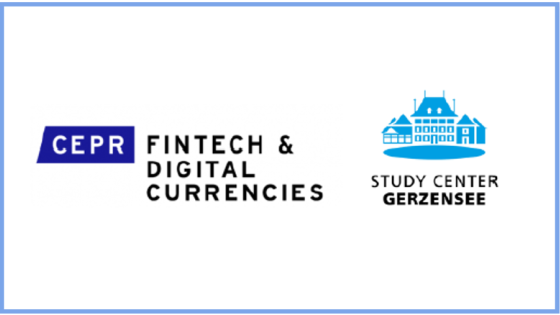DP15289 Monetary Policy Surprises and Exchange Rate Behavior
Central banks unexpectedly tightening policy rates often observe the exchange value
of their currency depreciate, rather than appreciate as predicted by standard models.
We document this for Fed and ECB policy days using eventstudies and ask whether
an information effect, where the public attributes the policy surprise to an unobserved
state of the economy that the central bank is signaling by its policy may explain the
abnormality. It turns out that many informational assumptions make a standard two-
country New Keynesian model match this behavior. To identify the particular mechanism,
we condition on multiple asset prices in the eventstudy and model implications for these.
We find that there is heterogeneity in this dimension in the eventstudy and no model
with a single regime can match the evidence. Further, even after conditioning on possible
information effects driving longer term interest rates, there appear to be other drivers of
exchange rates. Our results show that existing models have a long way to go in reconciling
eventstudy analysis with model-based mechanisms of asset pricing.

